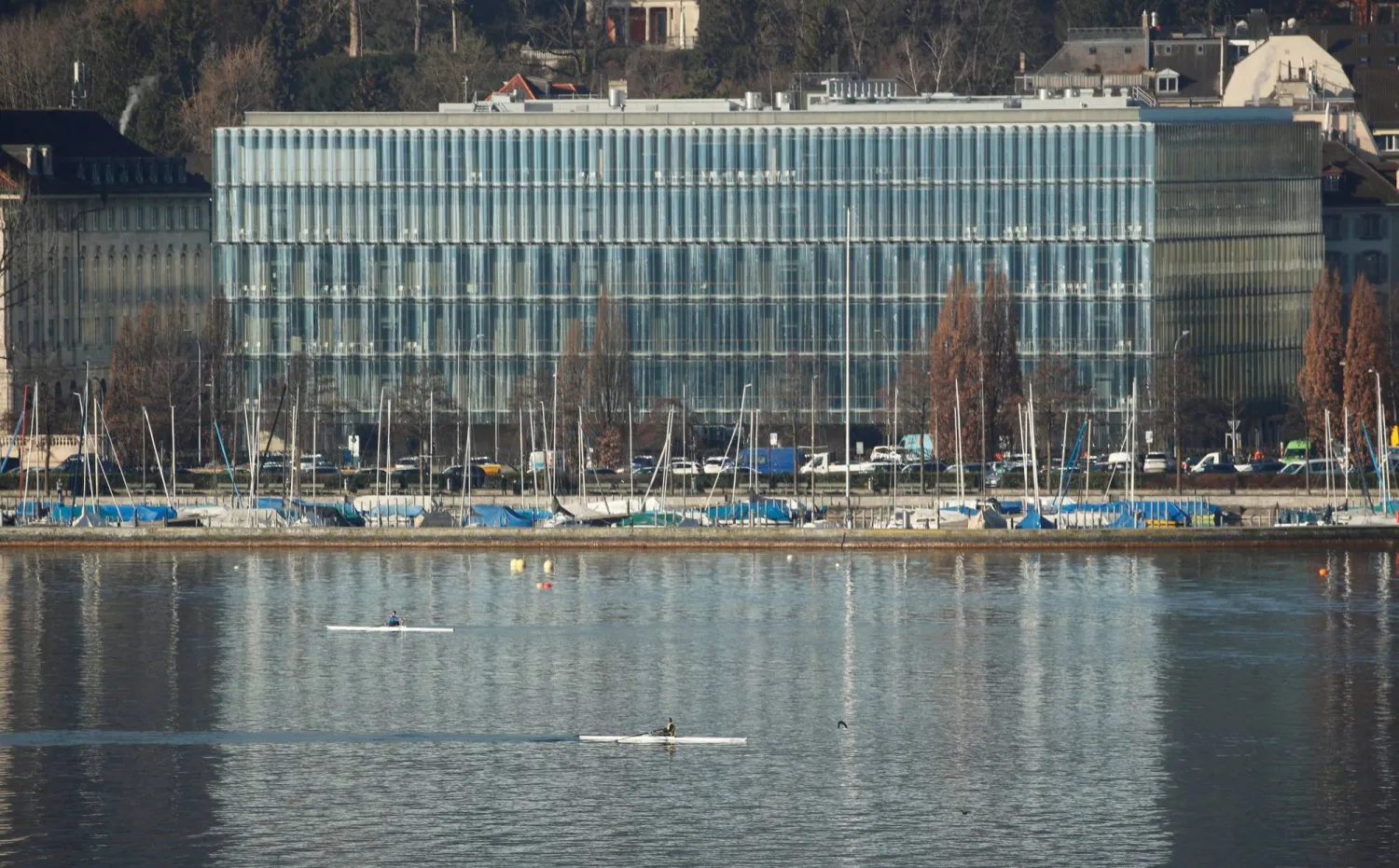Economic analysts expect Saudi Basic Industries Corporation (SABIC) to achieve a net profit of approximately $258 million in the fourth quarter of 2024, bringing its total annual earnings to around $1.2 billion. However, the petrochemical sector continues to face challenges, including declining global demand, rising operational costs, and shrinking profit margins.
SABIC, one of the world’s largest petrochemical companies, returned to profitability in the third quarter of 2024, reporting $266 million in profits compared to a $765 million loss in the same period of 2023. The company is set to announce its financial results for the fourth quarter and full year 2024 in a press conference on Wednesday.
According to Dr. Suleiman Al-Humaid Al-Khalidi, a financial analyst and member of the Saudi Economic Association, SABIC’s expected fourth-quarter profit of $258 million (SAR969 million) marks a significant recovery from its $500 million (SAR1.7 billion) loss in the same quarter of 2023.
He noted that the company performed better in 2024, recording a nine-month profit of $915 million (SAR3.43 billion) compared to a $373 million (SAR1.40 billion) loss in the same period of 2023.
Despite its stock price declining from a high of SAR139 in 2022 to SAR65 on Monday, SABIC has continued to distribute dividends. This resilience is attributed to increased operational income, reduced losses from discontinued operations, and lower zakat expenses.
Al-Khalidi highlighted key factors influencing SABIC’s financial performance, including fluctuations in petrochemical prices, global market volatility, and rising raw material and operational costs, all of which impact profit margins.
He stressed the importance of expanding into emerging markets, increasing global market share, investing in green technologies, diversifying its product portfolio, and forming strategic partnerships to enhance competitiveness.
Mohammed Hamdi Omar, CEO of G-World Research, emphasized that commodity price fluctuations and varying demand for petrochemical products will affect SABIC’s fourth-quarter results.
He noted that market conditions, particularly oil prices and supply chain dynamics, will play a crucial role in shaping the company’s financial performance. Despite rising operational costs, SABIC is expected to maintain or improve profit margins, with its core business units—basic chemicals, intermediates, and polymers—playing a key role.
SABIC’s third-quarter 2024 profit of $267 million (SAR 1 billion) was driven by higher gross profit margins, despite increased operational costs. Gains from selling its functional forms business, foreign exchange differences, and reduced losses from discontinued operations, particularly the revaluation of Saudi Iron and Steel Company (Hadeed), also contributed. However, finance income declined due to the revaluation of equity derivatives.
Despite market challenges, analysts believe SABIC’s focus on efficiency, cost management, and strategic expansion will help it navigate the volatile petrochemical sector in 2024.









